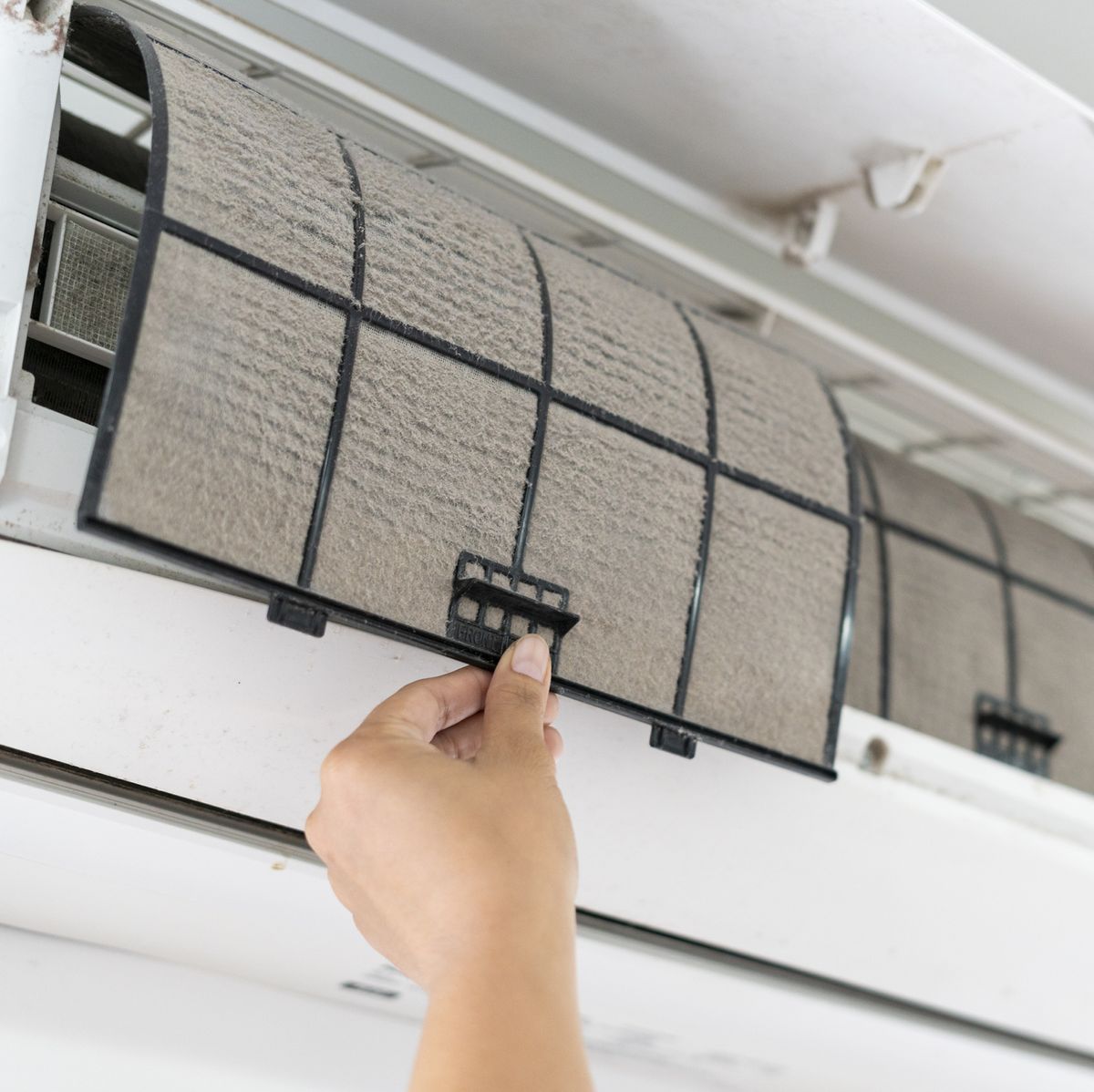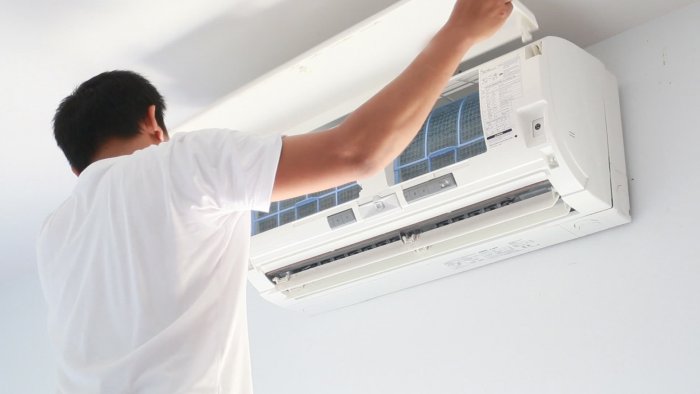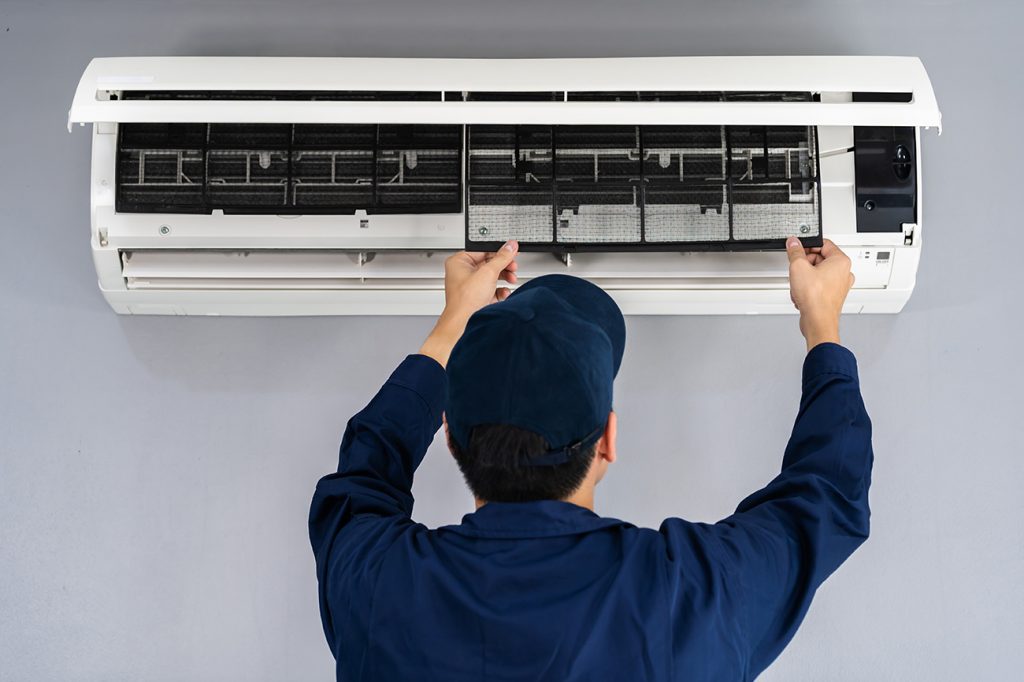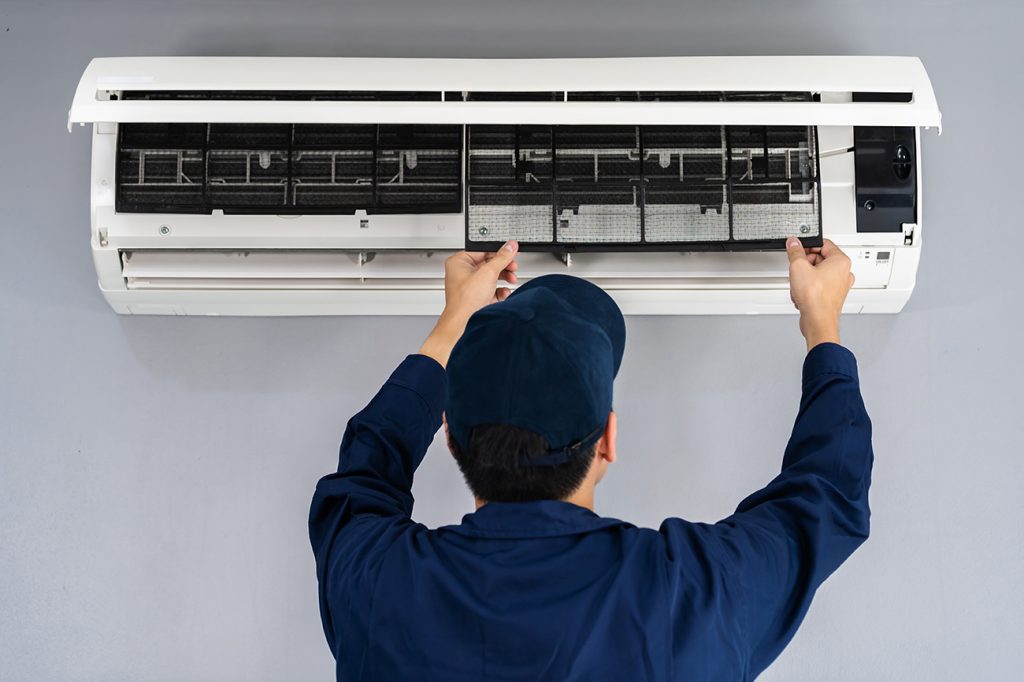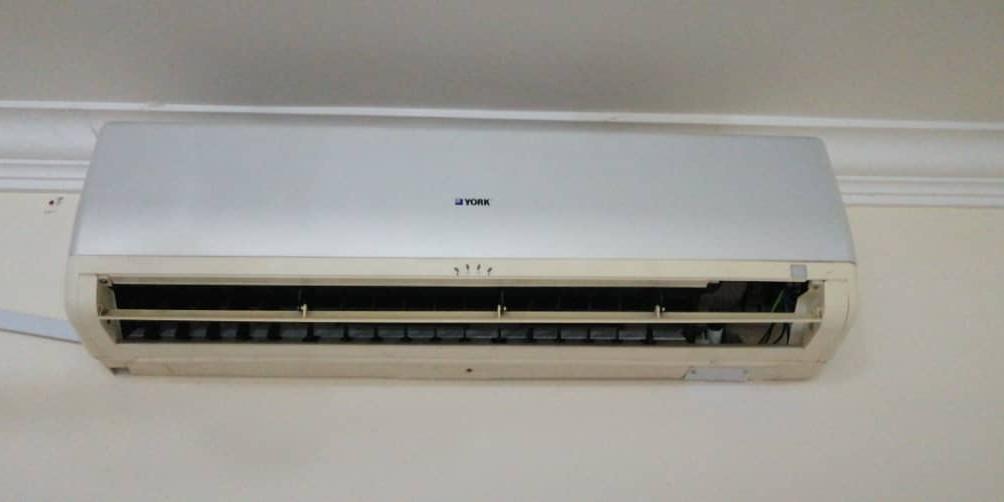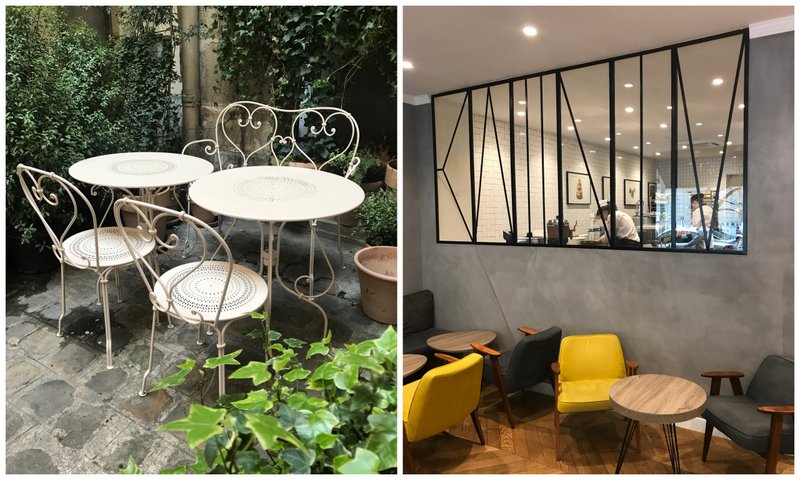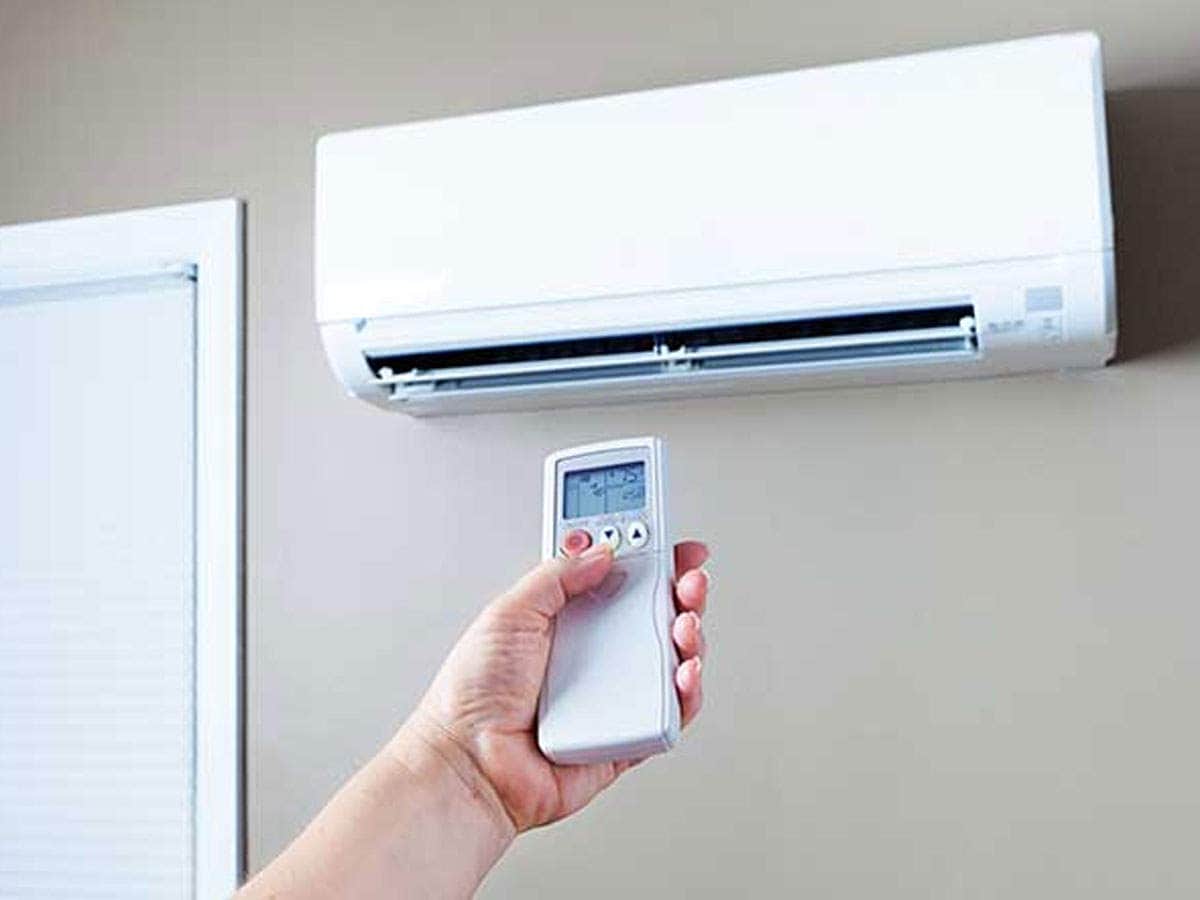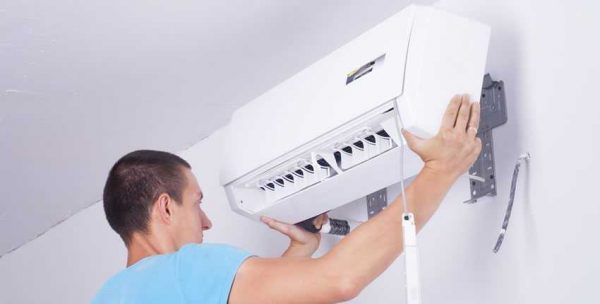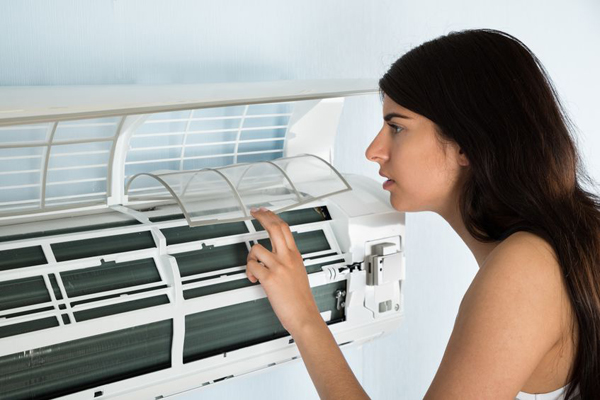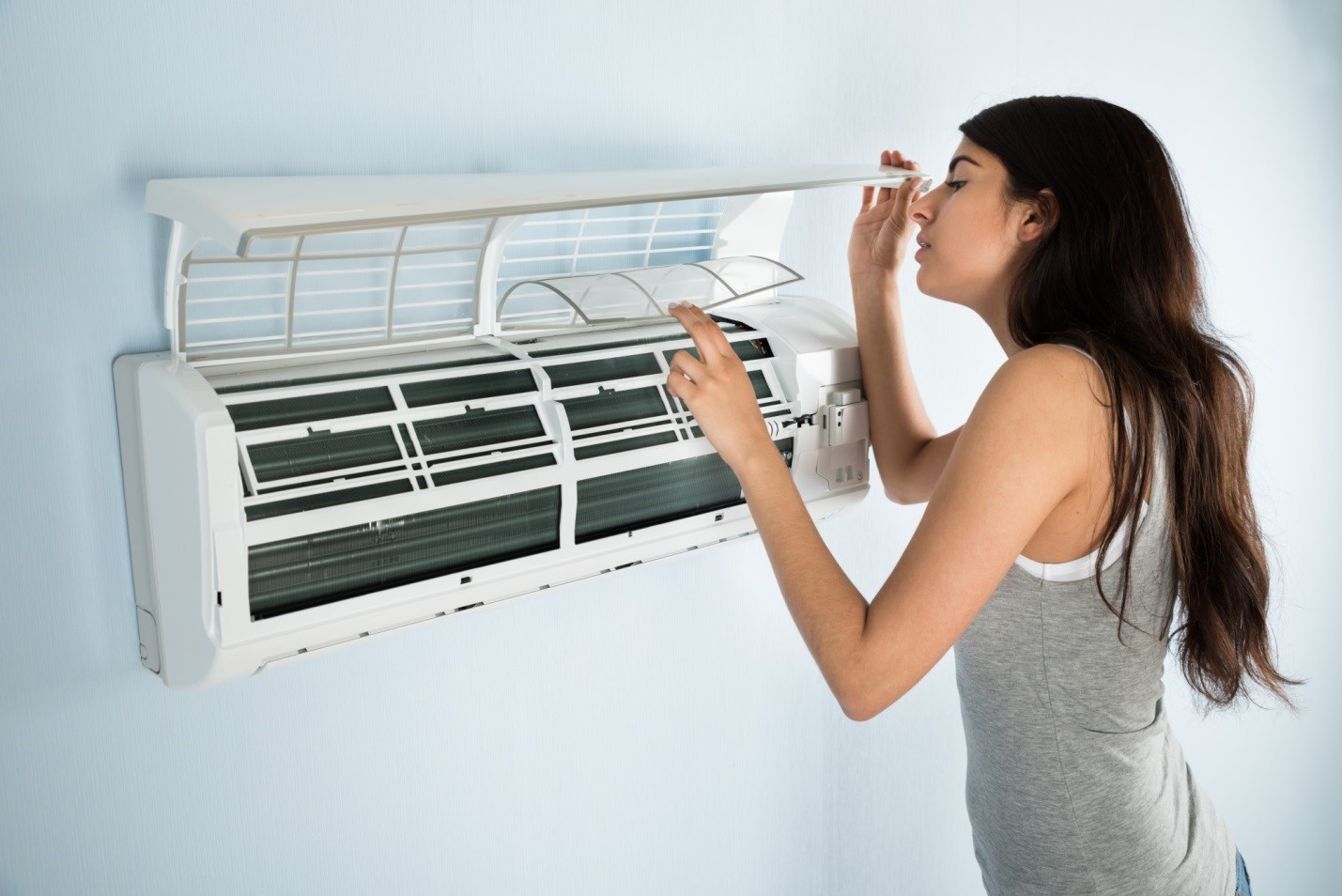When designing and integrating an air conditioner into the layout of your tearoom, there are some important factors to consider. You’ll need to think about:
- the size and shape of the room
- the location of the unit
- the amount of energy required to power it
- the noise level of the unit, to ensure it won’t disturb the comfort of your guests.
By keeping these factors in mind, you can effectively integrate an air conditioner into the design of your tearoom.
Analyze the size and shape of the space
You should consider the size and shape of the space you will be using for your tearoom. This will help you determine the best way to incorporate an air conditioner into the overall layout and design. You should also measure the space and use a scale model or diagram to visualize what will fit into your given area. Knowing where your furniture, walls, windows, doors and other objects are located in relation to each other will help you plan the placement of your air conditioning unit.
It is also important to consider ventilation, especially if you are opting for a window air conditioner. To ensure that there is sufficient room for incoming air, do not place any furniture directly in front of it. Make sure that the unit is stable so that it does not vibrate or rock when in use – mounting it on a wall or placing it securely on a flat surface are good options. Pay attention to details such as cords, electrical outlets and decorative elements like blinds or curtains so that they do not interfere with proper ventilation or distract from the aesthetic look of your tearoom.
Consider the furniture and décor
Furniture and décor play an important role in the design of your tearoom, not only for the aesthetic appearance of your space, but also to create interesting conversational areas and comfortable seating arrangements that are conducive to relaxation. It is important to consider how you will incorporate air conditioning into your design without it becoming a distraction.
When selecting furniture, choose pieces that include open space underneath so that ductwork can be tucked away. Fabrics should also be chosen carefully as lighter colors will absorb less heat than darker colors, helping to keep the room cool and comfortable. If you have hardwood flooring, consider using oversized area rugs in light colors to reduce heat absorption even more. To soften up the atmosphere of your tearoom while maintaining a cooling effect, layer contrasting wall coverings or paints with light tones against darker accents or furniture fabric patterns in muted hues.
You should also think about how you want natural light to enter the room when considering placement for windows and doors (inside or outside an enclosed patio/deck area can be beneficial) as well as wall treatments such as drapery or shutters that interact with sunlight during different times of the day. Natural lighting helps reduce energy consumption while adding beauty and promoting relaxation in any setting—an added bonus is that it lends itself perfectly to air conditioning integration without compromising visual appeal!
Choose the Right Air Conditioner
When it comes to choosing the right air conditioner to integrate into the design of your tearoom, there are a few important factors to keep in mind. You’ll need to decide on the size and type of air conditioner depending on the number of guests that the tearoom can accomodate, the specifics of the room, and the climate. Additionally, you’ll need to think about the energy efficiency of the air conditioner and its installation requirements.
With these things to consider, let’s take a look at how to choose the right air conditioner:
Select the right size for your space
Selecting the right size air conditioner for your tearoom is a critical step in managing the ambient temperature of the space. An air conditioner that is too small will struggle to cool effectively, while an oversized unit will be more expensive to operate as it cycles on and off frequently. It’s important to consider your room dimensions (height, length and width) when selecting the AC unit.
Speak with your HVAC contractor or check online for specific sizing guidelines to ensure you’re making the best selection for your space. Generally speaking, BTUs (British thermal units) are how air conditioning units are rated. As a general guide, 1 ton of capacity is equal to 12,000 BTUs per hour; however this can vary based on specific requirements such as insulation or occupancy levels in the room being cooled.
When selecting an AC unit for your tearoom it’s important to bear in mind that en-suite bathrooms will require more power than other rooms because they have a high steam content which requires the AC unit have extra capacity and strength built into it. Take into account any heat-generating appliances such as ovens and consider their influence on cooling needs when selecting an AC unit.
Choose a model that is energy-efficient
When it comes to choosing an air conditioner for your tearoom, invest in a model that is energy-efficient. Higher levels of efficiency can be found with air conditioners that include a Seasonal Energy Efficiency Ratio (SEER), which ranges from 12 to 18. A higher SEER rating signifies greater energy efficiency and is economically beneficial over the course of the air conditioner’s lifetime. Look for features like variable speed compressors, two-speed fan motors, and advanced electronic temperature controls.
When installed correctly, central air conditioning systems can also help control humidity and eliminate dust particles in your room. Additionally, some models are designed to reduce noise levels so as not to disrupt diners or interfere with audio/visual content in your room.
To ensure optimal cooling of your tearoom’s space, consider hiring a professional HVAC contractor who can calculate the size of the central air conditioning system you need and conduct a thorough analysis of the ventilation system’s performance afterwards. With this information, you will have a better idea about how much energy you will be using with no risk of wasting cooling power due to inefficiently running units or duct leakages.
Look for an air conditioner with a quiet operation
When it comes to air conditioners, the noise level is an important factor as it affects the comfort of your customers. Even though most air conditioners are designed to run quietly, some offer quieter models than others.
Look for high efficiency models that have noise-reduction features such as multi-speed fans and variable compressors that adjust their speed based on changes in temperature. Also, look for higher Seasonal Energy Efficiency Ratio (SEER) ratings when comparing different models. Higher SEER ratings usually lead to greater energy efficiency and a quieter operation.
A fan mode may be desirable if you need flexibility in your cooling options; fan mode allows you to choose how strong (or weak) you want the air flow while still keeping the desired temperature without having to cycle coolant through the AC compressor. In addition, make sure your model has a sleep mode option that activates when the room reaches a comfortable temperature so that it won’t run throughout night and disrupt your guests’ sleep. Finally, try to find an AC unit with automatic defrosting capabilities so there won’t be any dripping or other problems due to condensation buildup inside the unit due to extreme temperatures outside of your tearoom.
Integrate the Air Conditioner into the Design of Your Tearoom
With the hot summer months now upon us, it’s important to consider how to integrate an air conditioner into the design of your tearoom. Not only will this improve the comfort of your guests, but it will also provide a great focal point.
In this article, we will explore some of the best ways to integrate an air conditioner into the design of a tearoom and make it a part of the overall aesthetic.
Consider the colors and textures of the air conditioner
When integrating an air conditioner into your tearoom, it is important to consider the colors and textures of the chosen design. Depending on the size and location of the tearoom, there are a variety of air conditioners that are available to match any décor. Choose colors and textures that will blend in with the rest of the room, instead of standing out.
For example, if your tearoom has an industrial look or stark colors, then opt for a cooler color palette for your air conditioner. Conversely, if you have an oriental tearoom design or with warm colors and tones, then pick a warmer hue for your air conditioner housing. Replicating natural elements – such as wooden grilles or resins – is also possible if wanting to incorporate a more homely approach into your tearoom design.
No matter what style you opt for when designing with an air conditioner in mind, harmonizing it with the other interior features will ensure that its integration is seamless and stylish. By paying attention to colors and textures at this stage in installation, you can be sure that your tearoom’s overall atmosphere has been considered right down to its last detail.
Incorporate the air conditioner into the overall design
When it comes to integrating the air conditioner into the design of your tearoom, it’s important to start by finding the right size unit. Too small and it won’t be able to keep up with demand, while too large may strain electricity resources. Once you’ve chosen the right size unit, you can begin to factor in variables such as noise and how much space the unit will take up.
Noise may be a concern if your tearoom is located near residential areas or in an interior setting like a hotel lobby, where guests may want to experience some ambiance in addition to modern amenities. If this is the case, then opting for an air conditioning unit that is both efficient and quiet should be a priority.
Furthermore, depending on the size and layout of your tearoom space, you will have considerably greater freedom when deciding on where to install the air conditioner. Positioning fans correctly can help enhance circulation while also protecting against mould growth. For example, ceiling-mounted fans are likely to give more coverage within a single room than wall-mounted ones would. Finding ways to make sure that your condenser units blend in with existing décor can also give more aesthetic unity within your space – by contrasting tones or incorporating certain materials into both sides of an area – for example wood panels around air conditioning units – you can create a sense of continuity throughout each section of the tearoom environment.
Choose the best location for the air conditioner
Choosing the best location for your new air conditioner is crucial in order to make the most of its refrigeration power and maximize its efficiency. The ideal location should be well-ventilated, making sure that external air can easily enter the room. It is also important to make sure that the air conditioner has enough clearance around it so as to allow adequate airflow and heat transfer.
When it comes to residential locations, it’s best to install the unit near a window or sliding glass door, as this allows quick and easy access for maintenance; in commercial buildings, it is likely to be installed higher up on interior walls.
Of course, aesthetics should also be taken into consideration when choosing the right place for your air conditioner. For example, think about how you want your customers’ experience in your tearoom to look like: if installing an AC can disrupt any decorations or furniture placed in certain areas of your venue, then perhaps finding another spot for it could be beneficial – such as overlooking an indoor garden or other decorative element which can help distract from an obtrusive HVAC system unit without compromising its potential effectiveness.
Final Touches
For those final touches to make your tearoom the perfect space to relax and unwind, an air conditioner …
Read More

